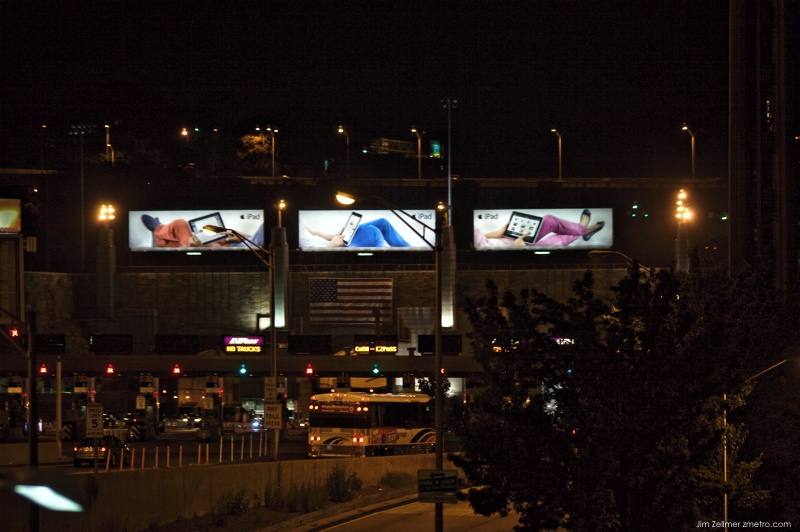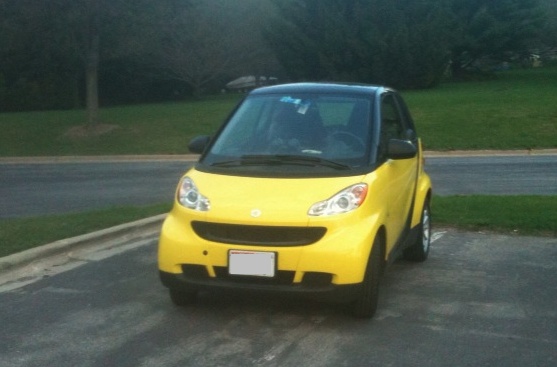
Category: Transportation
What Did We Do, Pre iPhone; Part II


I talked with an iPhone owner during a recent conference. While she was tapping away on email and a variety of apps, she mentioned “I don’t know what I did before….”.
Changing everything, including education.
What Did We Do Pre-iPhone?


Matt Simmons, Author of “Twilight in the Desert” and Peak Oil Speaker, Dies at Age 67
In his view (and in ours, too), way too many people hear about the huge reported reserves of Saudi Arabia and other Middle Eastern countries, and assume that this oil is really available for extraction. Matt makes the point that these reserves, and many others around the world, have not been audited. In fact, they seem to be political numbers, so we cannot depend on them. He also points out that we also do not have detail data with respect to historical oil extraction from individual fields in the Middle East, so we really do not know how close to decline Saudi Arabia and other Middle Eastern countries really are.
In 2005, Matt Simmons wrote a book called Twilight in the Desert. In it, he summarized what he learned about Saudi Arabian oil production by reading 200 academic papers. He concluded from his analysis that the oil extraction techniques being used there were techniques that one might use if the fields were quite depleted. Because of this, he doubted that we should believe stories that Saudi oil production can be greatly expanded. Instead, he raised the possibility that in the not too distant future, Saudi oil production will suddenly decline. Matt’s research underlying the book was no doubt behind his concern that oil reserves and oil production rates are not audited.
Another thing Matt is known for is his educational graphics about “what is really going on” with respect to oil extraction. For example, in his talk at the 2009 ASPO–USA conference, he shows this graphic of the amount of conventional oil discovered by decade.
The GM $50,000,000,000 Taxpayer Bailout and The $41,000 Volt
By taking a loss on the first several years of Prius production, Toyota was able to hold its price steady, and then sell the gas-sippers in huge numbers when oil prices soared. Today a Prius costs roughly the same in inflation-adjusted dollars as those 1997 models did, and it has become the best-selling Toyota in the United States after the evergreen Camry and Corolla.
Instead of following Toyota’s model, G.M. decided to make the Volt more affordable by offering a $350-a-month lease over 36 months. But that offer allows only 12,000 miles per year, or about 33 miles per day. Assuming you charged your Volt every evening, giving you 40 miles of battery power, and wanted to keep below the mileage limit, you would rarely use its expensive range-extending gas engine. No wonder the Volt’s main competition, the Nissan Leaf, forgoes the additional combustion engine — and ends up costing $8,000 less as a result.
In the industry, some suspect that G.M. and the Obama administration decided against selling the Volt at a loss because they want the company to appear profitable before its long-awaited initial stock offering, which is likely to take place next month. For taxpayers, that approach might have made sense if the government planned on selling its entire 61 percent stake in G.M. But the administration has said it will sell only enough equity in the public offering to relinquish its controlling stake in G.M. Thus the government will remain exposed to the company’s (and the Volt’s) long-term fate.
The Energy Future
The winter of 1979 in southern California reminded people why they had migrated to LA over the decades. The daytime temperatures were in the mid-70s, and the LA basin’s summer smog had disappeared, revealing the snowcapped San Gabriel Mountains.
At Neonex Leisure that day, we were brainstorming the recreational vehicle of the future. At the time we built America’s largest RV, the Arctic Sun, a combination van/pickup truck pulling a 55-foot-long 5th-wheel trailer. Now Neonex Canada had put our California division in charge of designing the company’s next Class A Motorhome.
Each of the other five U.S. managers gave their impressions of the future of the recreational vehicle, disclosing visions of startling grandeur. I was more flippant: “I bet it’s a Honda with a Coleman tent.” Three months later the Second Energy Crisis hit. We shut down our RV plant in two days flat, and I was back in Texas in five.
My point is that, if you had asked every energy or automotive issues guru what the future would hold for automobiles just before the winter of 1978 – 79, the answer would have been completely different if you’d asked them the same thing just 12 months later. That’s what an energy crisis can do.
My joke about a Honda with a Coleman tent was weirdly prophetic. But my fellow managers’ visions of million-dollar motorhomes would also turn out to be spot on — 20 years later.
Lunch with Luca Cordero di Montezemolo
Screaming down the home straight of Ferrari’s test track at 200kmph an hour in a classic red 458 Italia, I suddenly don’t feel like lunch. The Fiorano track near Bologna in central Italy is, at 3km, not long. But, partly in an attempt to impress the test driver next to me with some fast cornering, I feel as if I have left part of my stomach on one of its hairpin bends. Matters fail to improve as, in heavy fog untypical of early summer, I take the car off the track and, rather more slowly, on to the winding roads of the Apennines, heading for Ferrari HQ in nearby Maranello.
I am still spinning slightly when we pull into the car park just before the company’s elegant and aristocratic chairman, Luca Cordero di Montezemolo, who somewhat incongruously arrives in a small Fiat. He explains that his journey from Rome has been a nightmare as fog diverted his helicopter and forced him to take trains and cars – hence the Fiat. Nevertheless he appears in characteristically enthusiastic mood. “I’ve just been to a conference at the Vatican [on the financial crisis]. Fantastic,” he explains. “Fantastic” is a word Montezemolo uses a lot. Ferrari is “fantastic”, Italian food is “fantastic”, his new high-speed train company, NTV, is “fantastic”, as is the 458 Italia I have been driving.
On my way out he hands me a white postcard. “This is what I give to all new employees at Ferrari,” he says. Looking at it in a Ferrari 599 on the way back to Milan, it looks to me like the perfect credo for Montezemolo. It starts: “The real secret of success is enthusiasm. You can do anything if you have enthusiasm … With it there is accomplishment. Without it there are only alibis.”
Clusty Search: Luca Cordero di Montezemolo
Holland Tunnel

Brooklyn Bridge – Cold Evening

Clusty Search: Brooklyn Bridge.
The Two Stall Park Trick

Often seen with Porsche, Mercedes, Audi or BMW drivers. The first “Smart Car” driver I’ve seen using this technique. Perhaps dark humor?